The next billion customers are digital but not always savvy
At the recent Mumbai leg of the Forbes India One CEO Club roundtable, India's top chief executives spoke about how to tap into the next billion customers and the challenges their businesses face in doing so.
 Image Caption: (L to R standing) Tarun Katial, CEO, ZEE5 (Essel); Ritesh Pai, Group President, and Chief Digital Officer, Yes Bank; Kamolika Peres, Director of Sales, Google Cloud India; Avlesh Singh, Co-founder & CEO, WebEngage; Jamshed S Daboo, Managing Director, Trent Hypermarket Pvt Ltd (Star Bazaar); Arnab Banerjee, COO, CEAT, RPG Group
Image Caption: (L to R standing) Tarun Katial, CEO, ZEE5 (Essel); Ritesh Pai, Group President, and Chief Digital Officer, Yes Bank; Kamolika Peres, Director of Sales, Google Cloud India; Avlesh Singh, Co-founder & CEO, WebEngage; Jamshed S Daboo, Managing Director, Trent Hypermarket Pvt Ltd (Star Bazaar); Arnab Banerjee, COO, CEAT, RPG GroupImage: Aditi Tailang
Five chief executives from both new-age ventures and traditional businesses sat down on October 15, 2019, to share their thoughts on the ‘Next Billion Customers of Digital India’, at the Mumbai leg of the Forbes India One CEO Club’s Digital Leadership series roundtable, conducted in partnership with Google Cloud India.
The round table saw Ritesh Pai, Group President, and Chief Digital Officer, Yes Bank; Avlesh Singh, co-founder and CEO, Webengage; Jamshed S Daboo, managing director, Trent Hypermarket; Arnab Banerjee, chief operating officer, CEAT and Tarun Katiyal, CEO, ZEE5 shared their thoughts on how the next billion customers are different from the ones businesses have been used to selling to so far, and what they can do to get them into an ecosystem where they can use these services in their native languages.
For those who think just getting websites up is a challenge, Jamshed Daboo, managing director, Trent Hypermarket believed that it is equally important to get customers to be aware of their products online. So while there is one set of customers shopping online, there is a huge mass of customers who while digitally savvy (they watch videos on their mobile) are not aware of the kind of products one can shop online.
“The paradigm we are using to attract the so-called digital-savvy customer has to change when the customer is becoming digital before becoming savvy,” he said. As a result, the next billion customers won’t be about pushing sales but also about raising awareness. It was a point echoed by Avlesh Singh, co-founder, and CEO, WebEngage who said that for the first 100 million (customers), we were able to copy-paste everything from the US, but for the next billion you’d have to think differently from the ground up.
For mature businesses like CEAT, an offline engagement is necessary have, for the most part, supplemented by an online strategy that is used to engage customers and then convince them to buy products. Using experts to advise customers on what tyres to buy is one example. “So some of the key influencers we engage directly is when a product upgrade or new product coming, so we offer them to try it out.” Arnab Banerjee, chief operating officer, CEAT, said. The tyre also has similarities with other businesses in that customers can always use social media channels to vent their frustration against a product. Since this is a purchase that is not done too frequently, customers even those that are less savvy do research online and can be sensitive to feedback. As a result CEAT has set up a team to proactively monitor online feedback and complaints.
For new--age and digital-only businesses, the challenge has been to go deeper in order to reach these customers. Yes Bank was started as a bank that was a digital native, as it did not have the weight of the legacy IT systems. The upside of this was that the bank could make a platform that appealed as much to millennials who rarely enter a bank branch as well as corporates that need a robust platform. For new customers, it is critical that the infrastructure built allows the bank to cross-sell and upsell its services, according to Ritesh Pai, group president, and chief digital officer at Yes Bank.
Zee5 has taken a bet on vernacular languages. “Over the last 27 years, ZEE has built the length and breadth of content in this country, and we serve content today in languages that nobody else does. Right from Malayalam at one end to Bangla the other, to Tamil at one end to Punjabi at the other, everything is included. The regional play that ZEE5 has been humongous, including Hindi obviously. So far, it has deployed 100,000 hours of content and we continuously deploy on an on-going basis, which was a big advantage,” said Tarun Katiyal, CEO of Zee5. Add to that hyper-personalisation and the fact that Zee5 has worked hard on getting its user interface in place for vernacular languages, the company is confident it can tap into customers.
Reaching a billion new customers is a challenge but once there, the next big challenge is loyalty. Jamshed Daboo believes that the online customer is more ‘promiscuous’ than others. Avlesh Singh who runs a web-only business spoke about how businesses themselves are spoiling customers and allowing them to be disloyal. “(It is) because the guy has choices. Businesses talk about how their customers now know they should not buy in a single go because if they wait for a day, they will get a 30 percent discount. This is not just anecdotal but from experience. People know how to game your company. How can you build a business when customers know that they can get a better deal if they don’t buy in a single flow,” Singh averred.
Catering to the next billion customers also needs a strong infrastructure backbone while, at the same time, making it more relevant for customers. “We fundamentally believe that the next billion users will have very different consumption patterns; the information he or she will seek, the way that he or she will interact with technology is very different,” said Kamolika Peres, Director of Sales, Google Cloud India. The company has started a job seeking platform designed for first-time users in Bangladesh, connecting users to jobs that they would fit into. Voice is also likely to be a large part of the offering for the next billion customers. Typing in search terms may be difficult and so getting them to speak into their feature phones is a better option. “I think it’s going to be a combination voice and text. We have launched Google assistant on phone calls. You can actually do a Google search on a phone call which lets us create a credible set of solutions offerings and relevant positioning for the next billion users. So I think it’s one of the most fascinating problems that we have tackled,” Peres added.
The round table saw Ritesh Pai, Group President, and Chief Digital Officer, Yes Bank; Avlesh Singh, co-founder and CEO, Webengage; Jamshed S Daboo, managing director, Trent Hypermarket; Arnab Banerjee, chief operating officer, CEAT and Tarun Katiyal, CEO, ZEE5 shared their thoughts on how the next billion customers are different from the ones businesses have been used to selling to so far, and what they can do to get them into an ecosystem where they can use these services in their native languages.
For those who think just getting websites up is a challenge, Jamshed Daboo, managing director, Trent Hypermarket believed that it is equally important to get customers to be aware of their products online. So while there is one set of customers shopping online, there is a huge mass of customers who while digitally savvy (they watch videos on their mobile) are not aware of the kind of products one can shop online.
“The paradigm we are using to attract the so-called digital-savvy customer has to change when the customer is becoming digital before becoming savvy,” he said. As a result, the next billion customers won’t be about pushing sales but also about raising awareness. It was a point echoed by Avlesh Singh, co-founder, and CEO, WebEngage who said that for the first 100 million (customers), we were able to copy-paste everything from the US, but for the next billion you’d have to think differently from the ground up.
For mature businesses like CEAT, an offline engagement is necessary have, for the most part, supplemented by an online strategy that is used to engage customers and then convince them to buy products. Using experts to advise customers on what tyres to buy is one example. “So some of the key influencers we engage directly is when a product upgrade or new product coming, so we offer them to try it out.” Arnab Banerjee, chief operating officer, CEAT, said. The tyre also has similarities with other businesses in that customers can always use social media channels to vent their frustration against a product. Since this is a purchase that is not done too frequently, customers even those that are less savvy do research online and can be sensitive to feedback. As a result CEAT has set up a team to proactively monitor online feedback and complaints.
For new--age and digital-only businesses, the challenge has been to go deeper in order to reach these customers. Yes Bank was started as a bank that was a digital native, as it did not have the weight of the legacy IT systems. The upside of this was that the bank could make a platform that appealed as much to millennials who rarely enter a bank branch as well as corporates that need a robust platform. For new customers, it is critical that the infrastructure built allows the bank to cross-sell and upsell its services, according to Ritesh Pai, group president, and chief digital officer at Yes Bank.
Zee5 has taken a bet on vernacular languages. “Over the last 27 years, ZEE has built the length and breadth of content in this country, and we serve content today in languages that nobody else does. Right from Malayalam at one end to Bangla the other, to Tamil at one end to Punjabi at the other, everything is included. The regional play that ZEE5 has been humongous, including Hindi obviously. So far, it has deployed 100,000 hours of content and we continuously deploy on an on-going basis, which was a big advantage,” said Tarun Katiyal, CEO of Zee5. Add to that hyper-personalisation and the fact that Zee5 has worked hard on getting its user interface in place for vernacular languages, the company is confident it can tap into customers.
Reaching a billion new customers is a challenge but once there, the next big challenge is loyalty. Jamshed Daboo believes that the online customer is more ‘promiscuous’ than others. Avlesh Singh who runs a web-only business spoke about how businesses themselves are spoiling customers and allowing them to be disloyal. “(It is) because the guy has choices. Businesses talk about how their customers now know they should not buy in a single go because if they wait for a day, they will get a 30 percent discount. This is not just anecdotal but from experience. People know how to game your company. How can you build a business when customers know that they can get a better deal if they don’t buy in a single flow,” Singh averred.
Catering to the next billion customers also needs a strong infrastructure backbone while, at the same time, making it more relevant for customers. “We fundamentally believe that the next billion users will have very different consumption patterns; the information he or she will seek, the way that he or she will interact with technology is very different,” said Kamolika Peres, Director of Sales, Google Cloud India. The company has started a job seeking platform designed for first-time users in Bangladesh, connecting users to jobs that they would fit into. Voice is also likely to be a large part of the offering for the next billion customers. Typing in search terms may be difficult and so getting them to speak into their feature phones is a better option. “I think it’s going to be a combination voice and text. We have launched Google assistant on phone calls. You can actually do a Google search on a phone call which lets us create a credible set of solutions offerings and relevant positioning for the next billion users. So I think it’s one of the most fascinating problems that we have tackled,” Peres added.



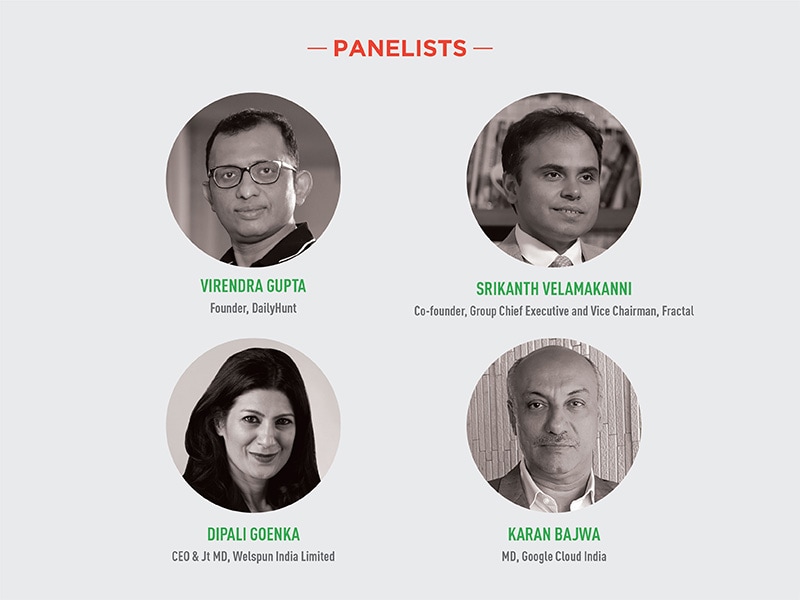
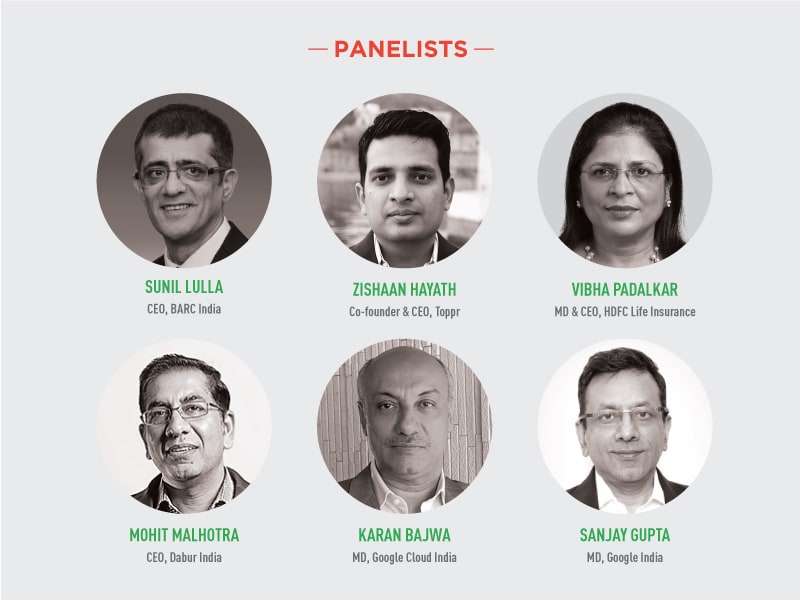
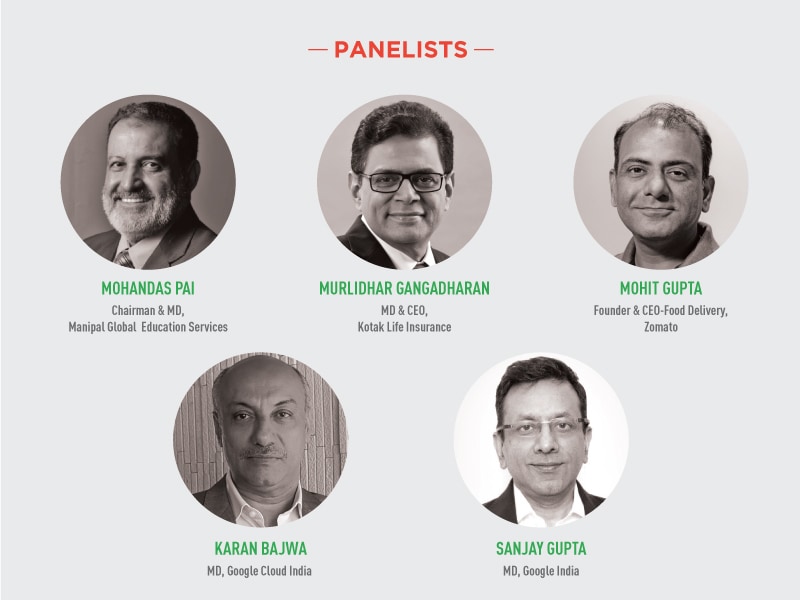
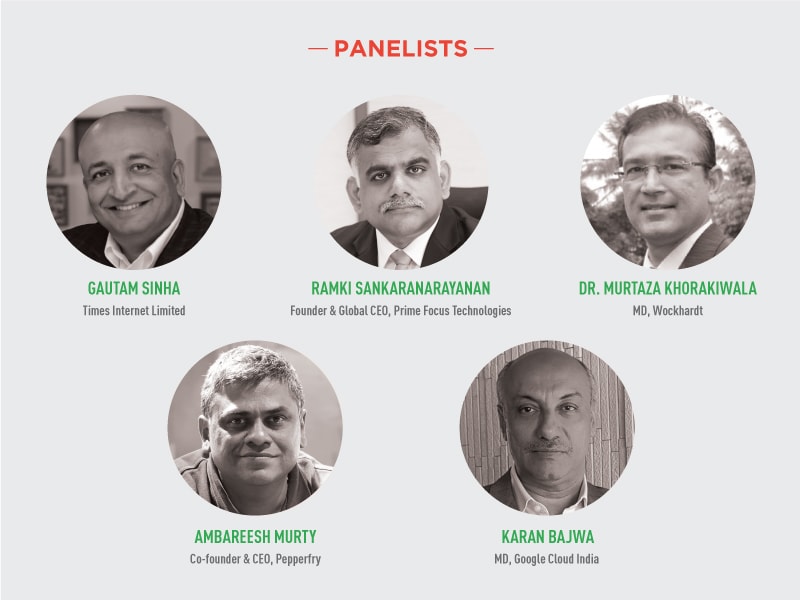
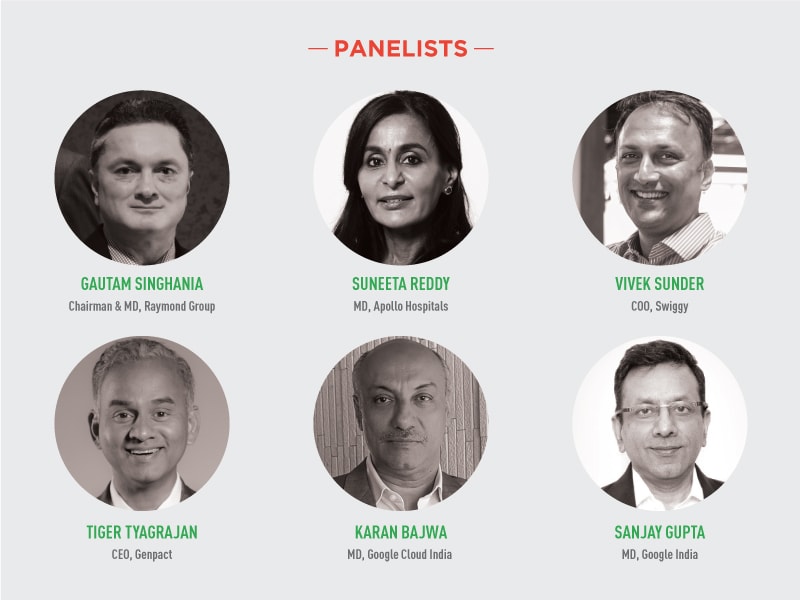
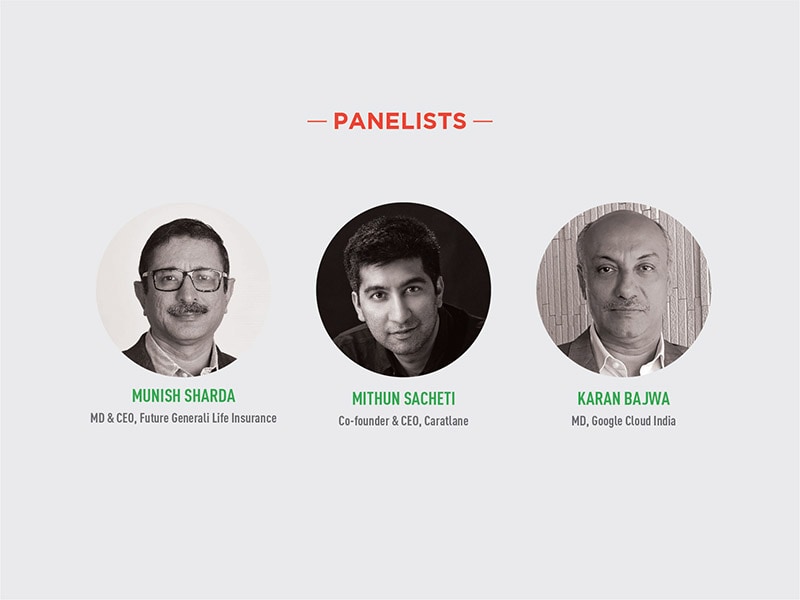
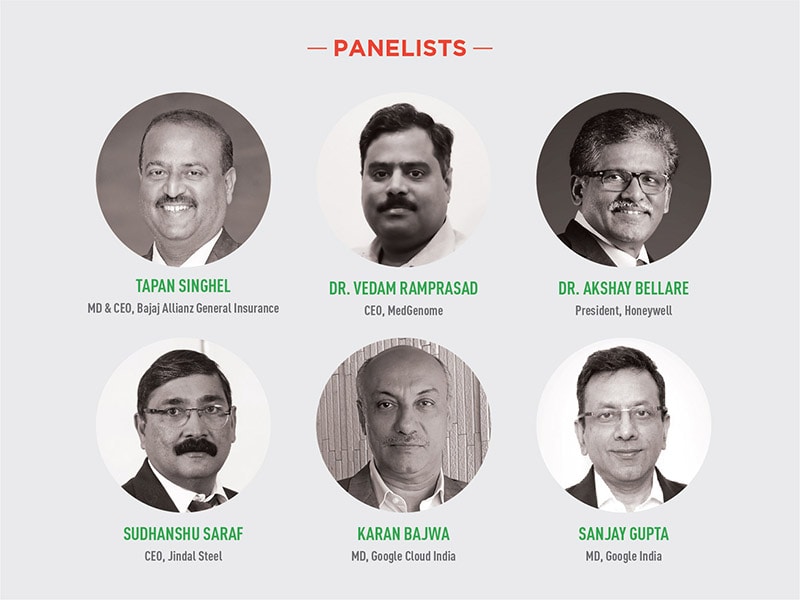
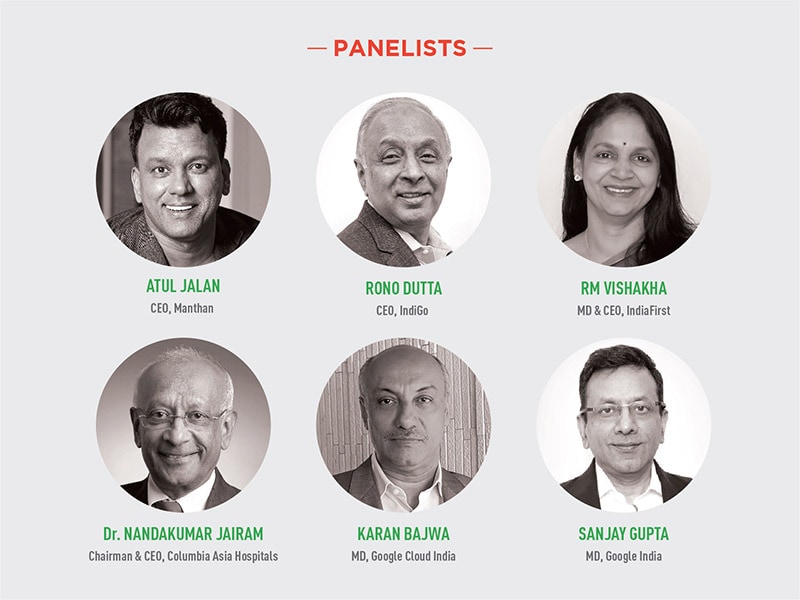
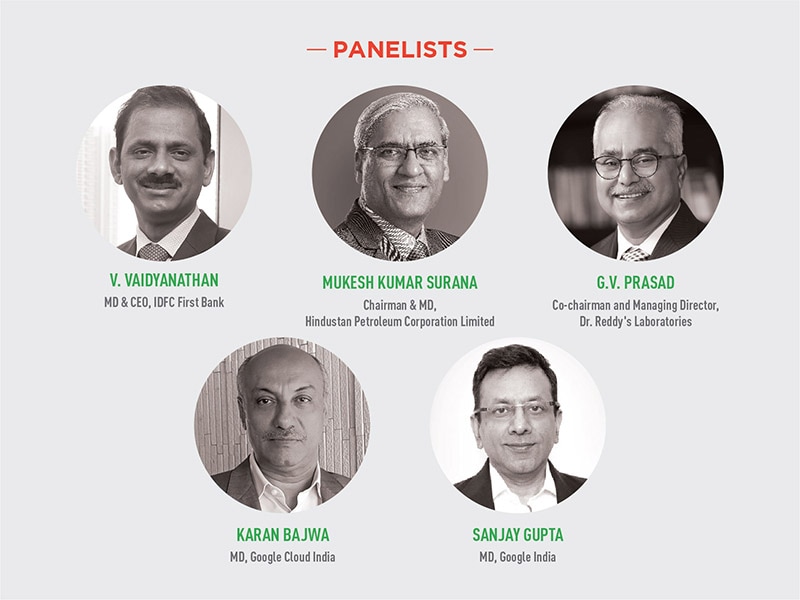
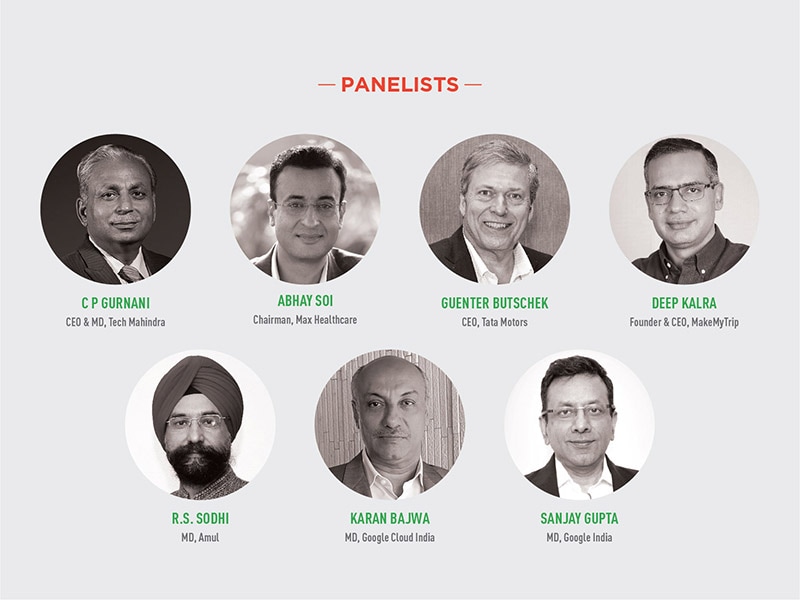
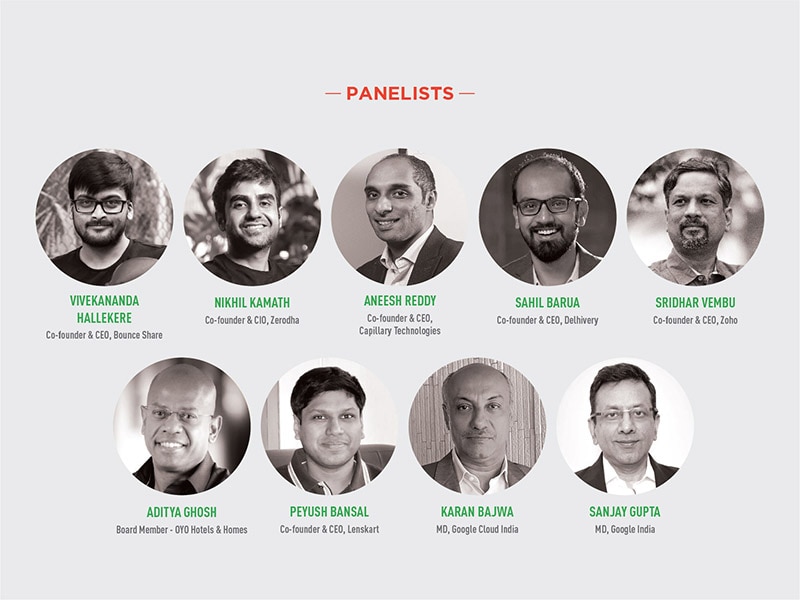
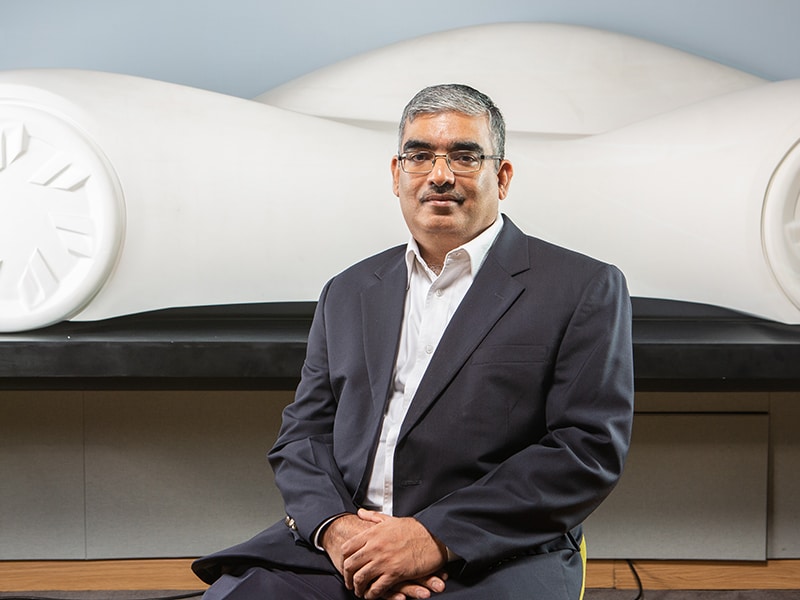
.jpg)
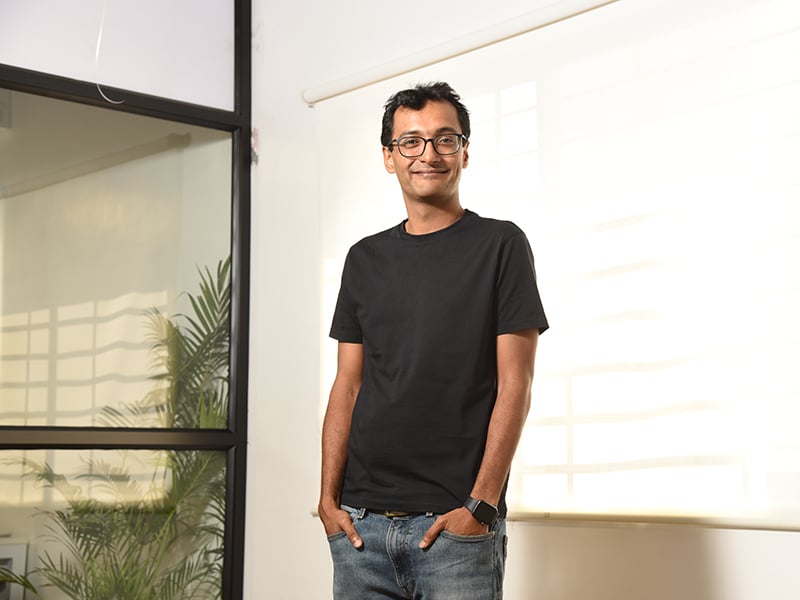




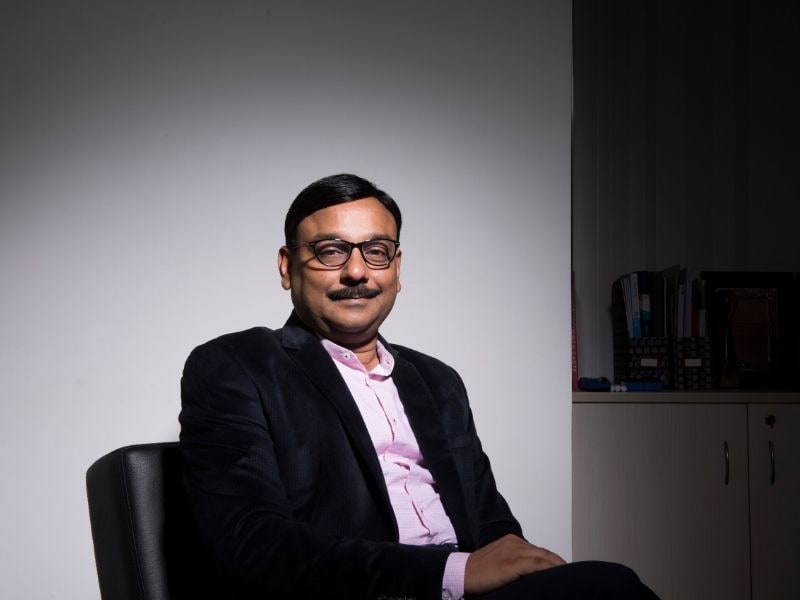
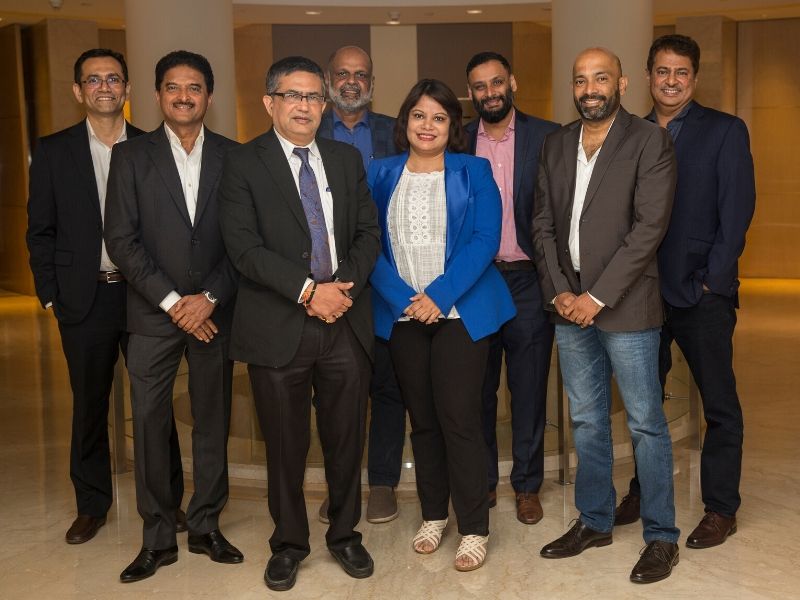
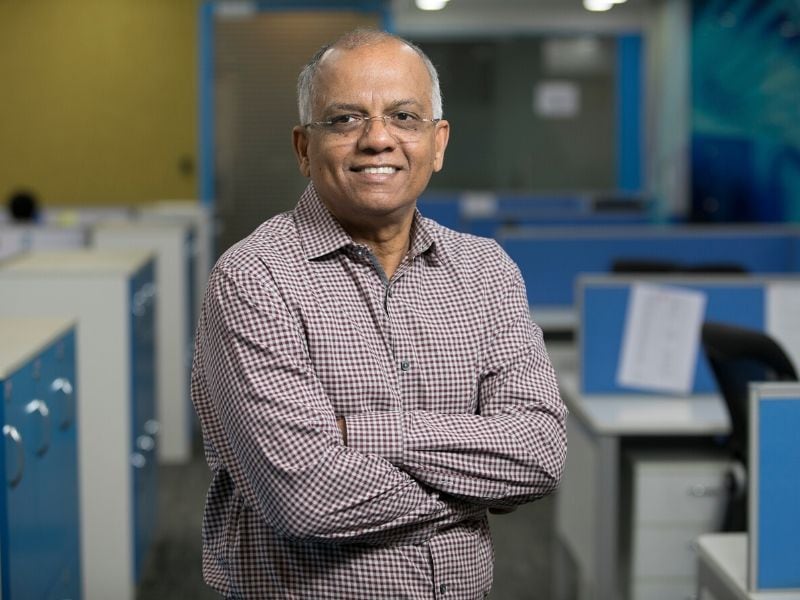



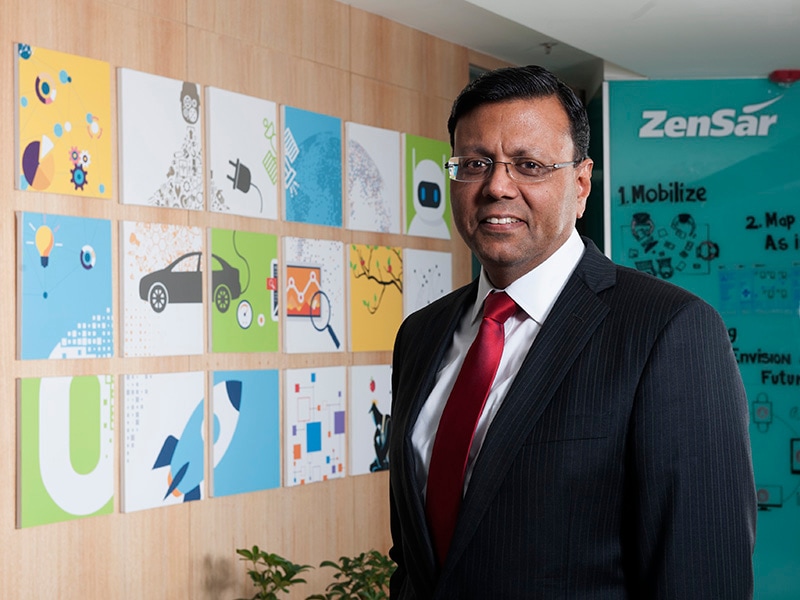
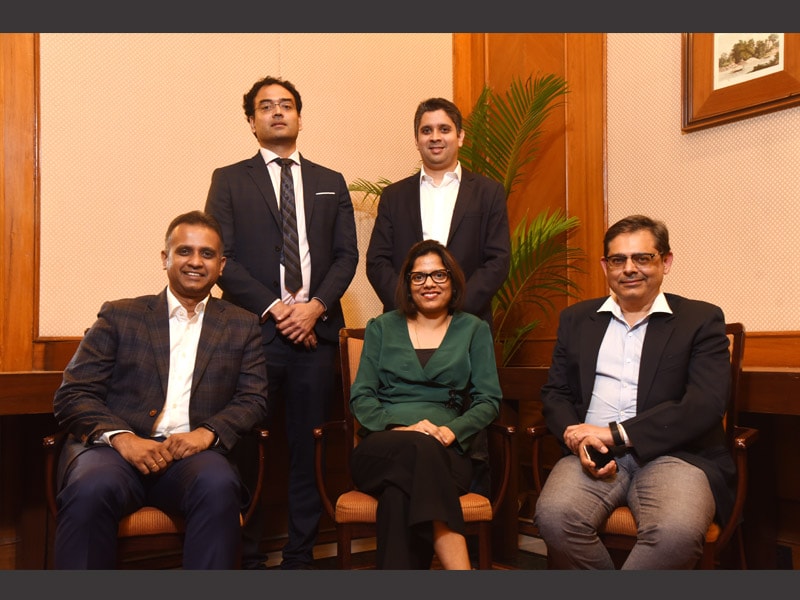
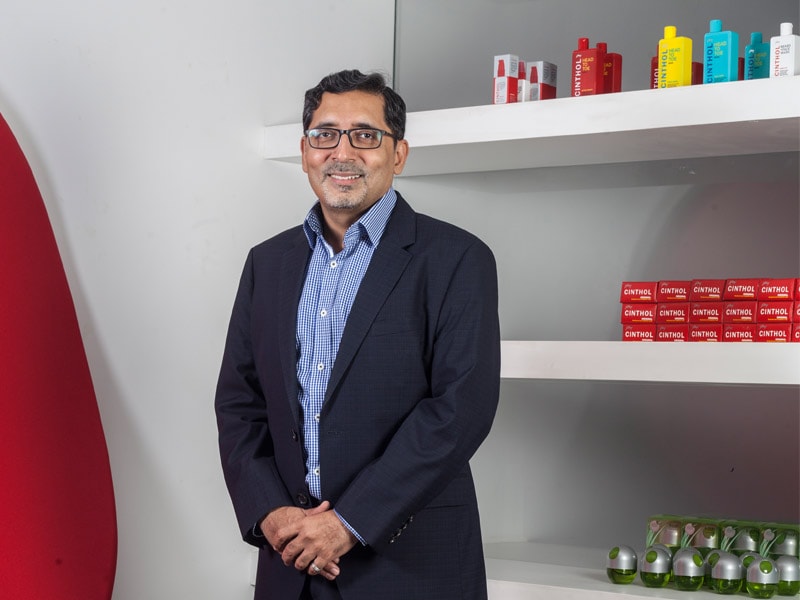


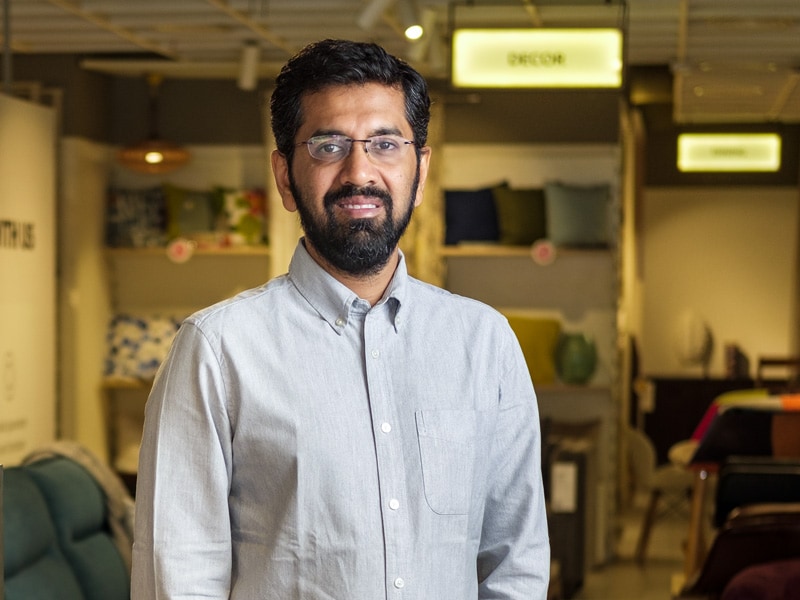
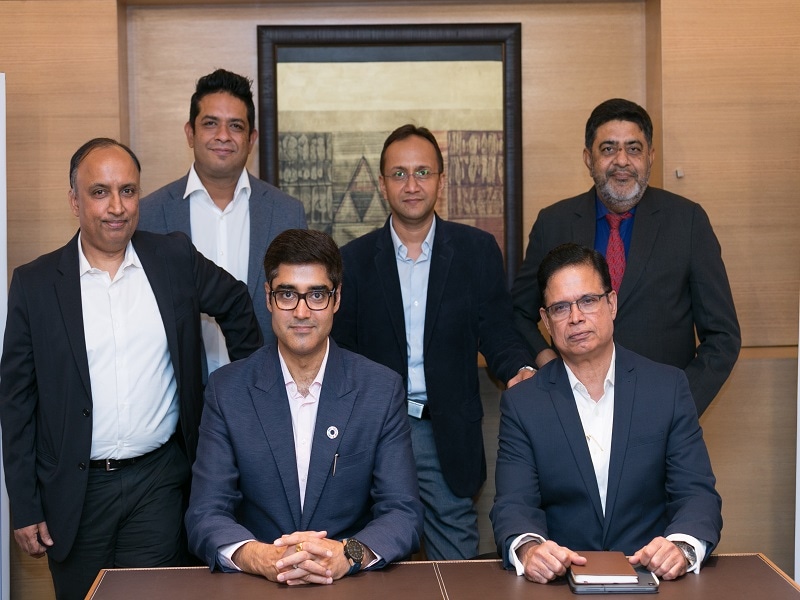


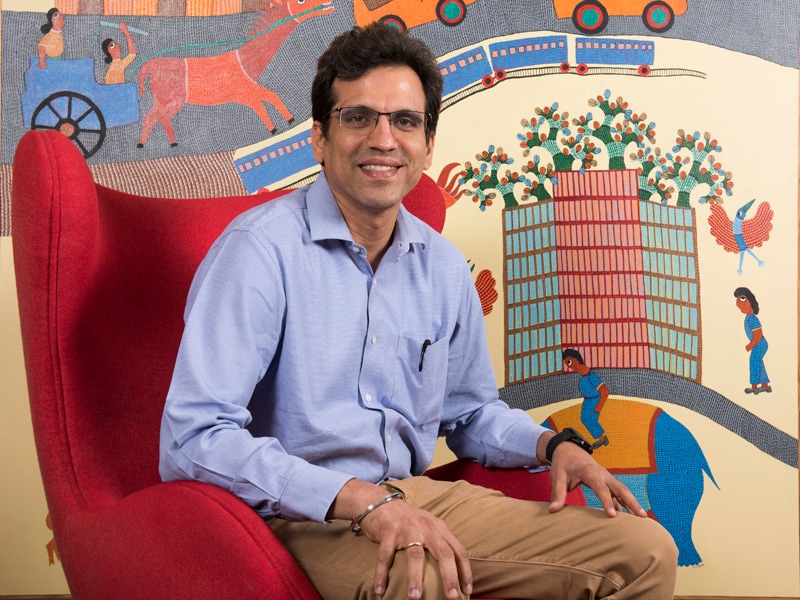
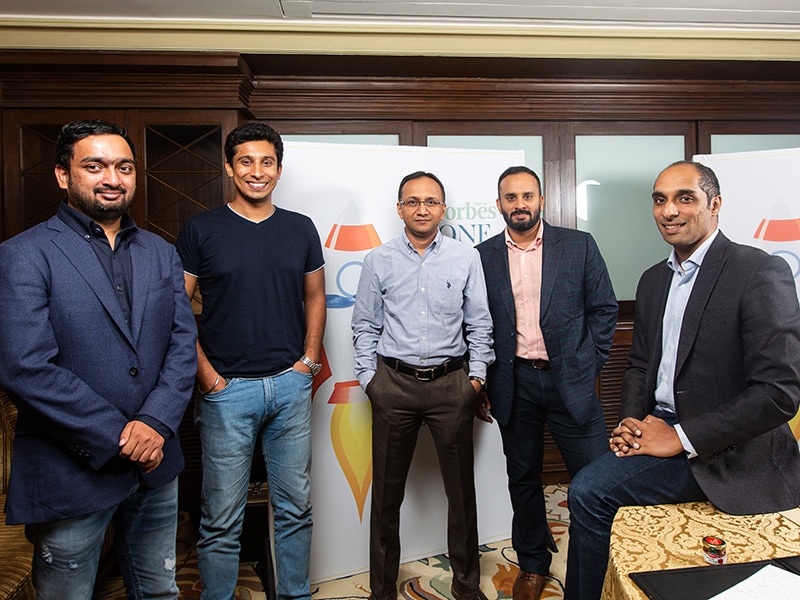

.jpg)






